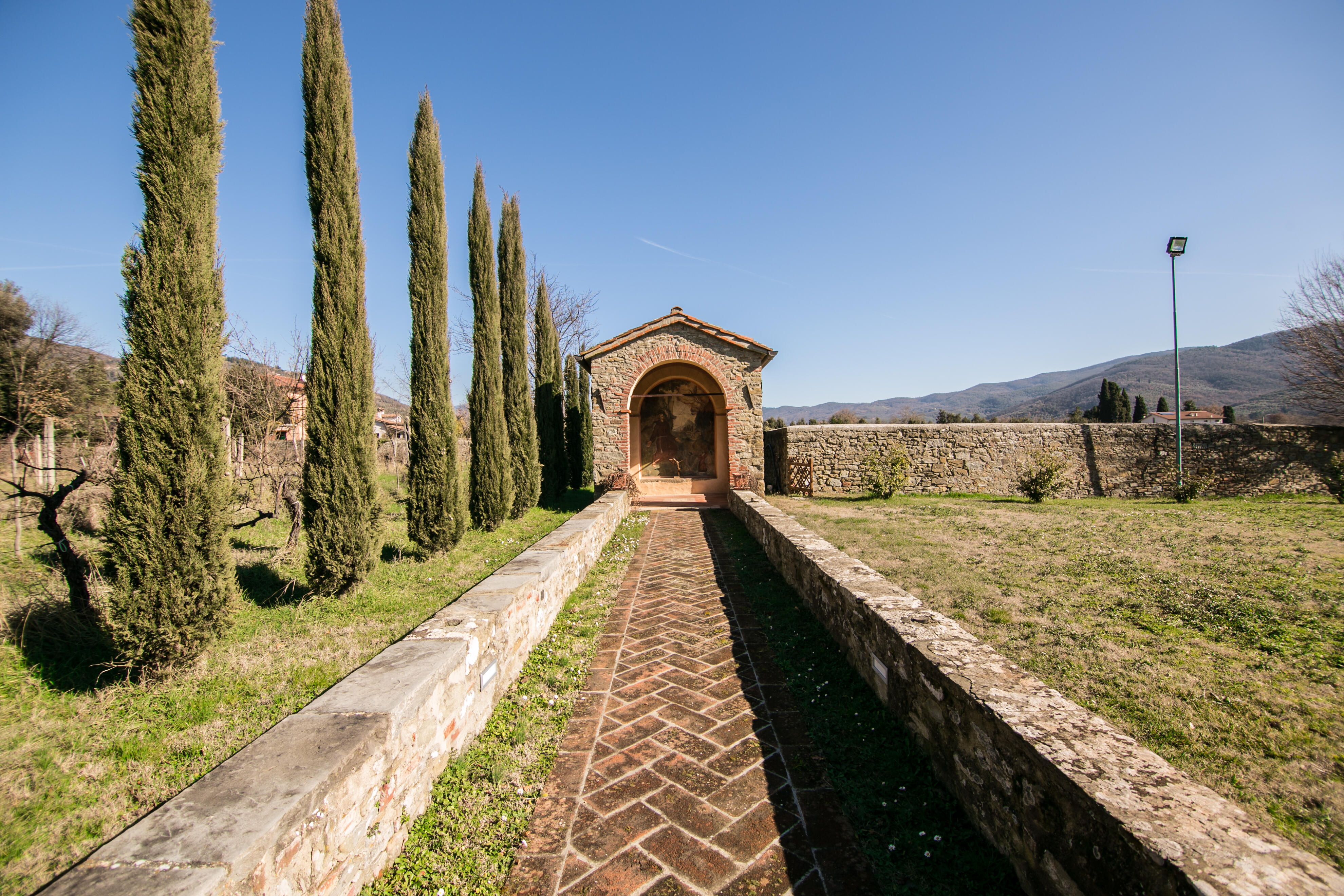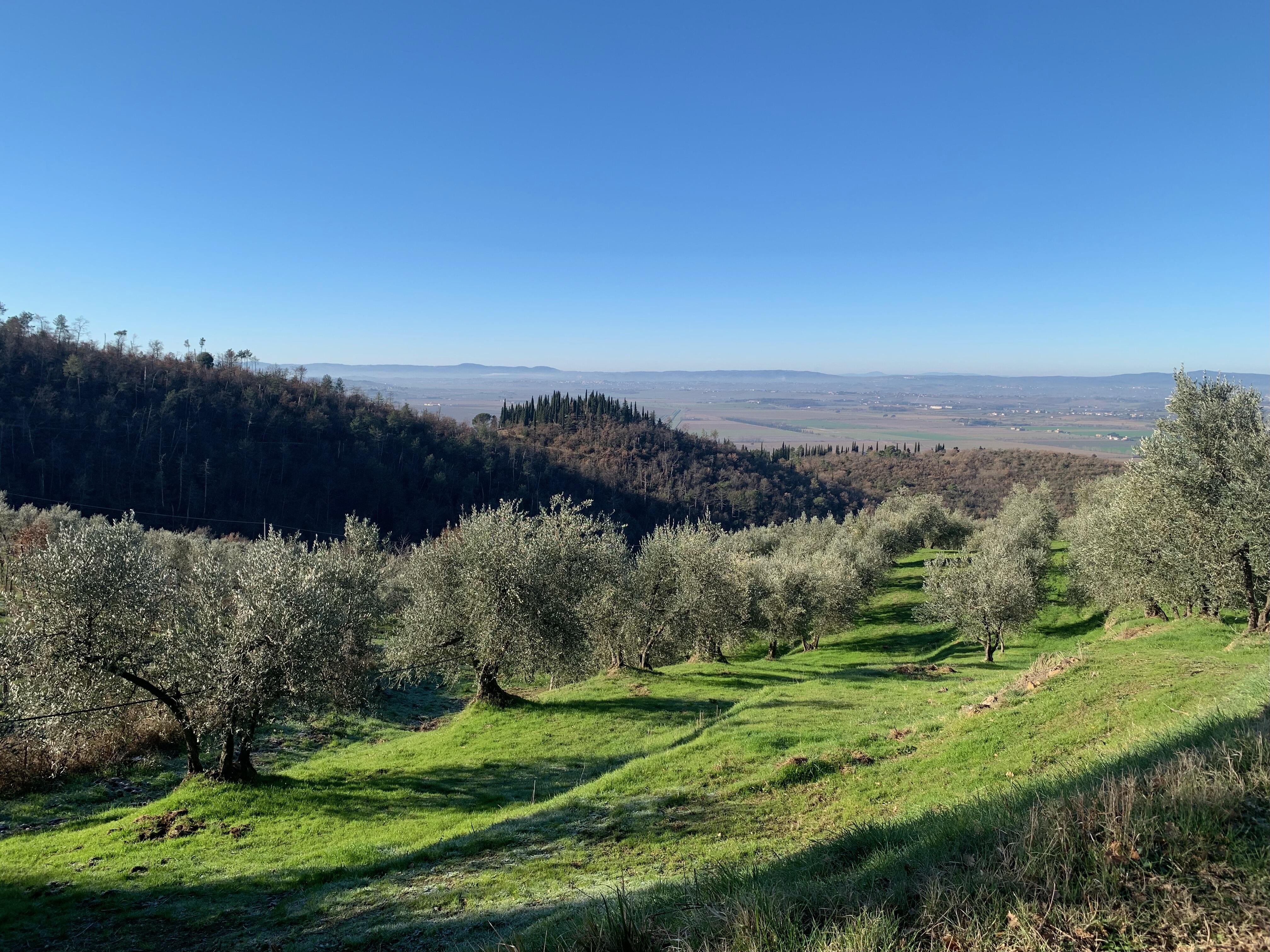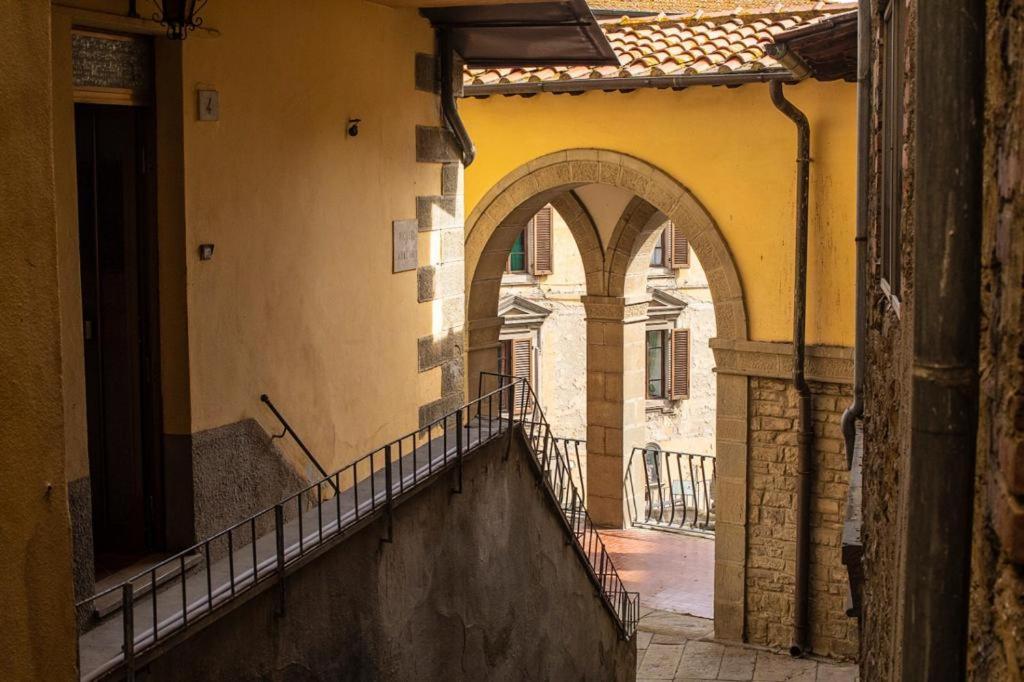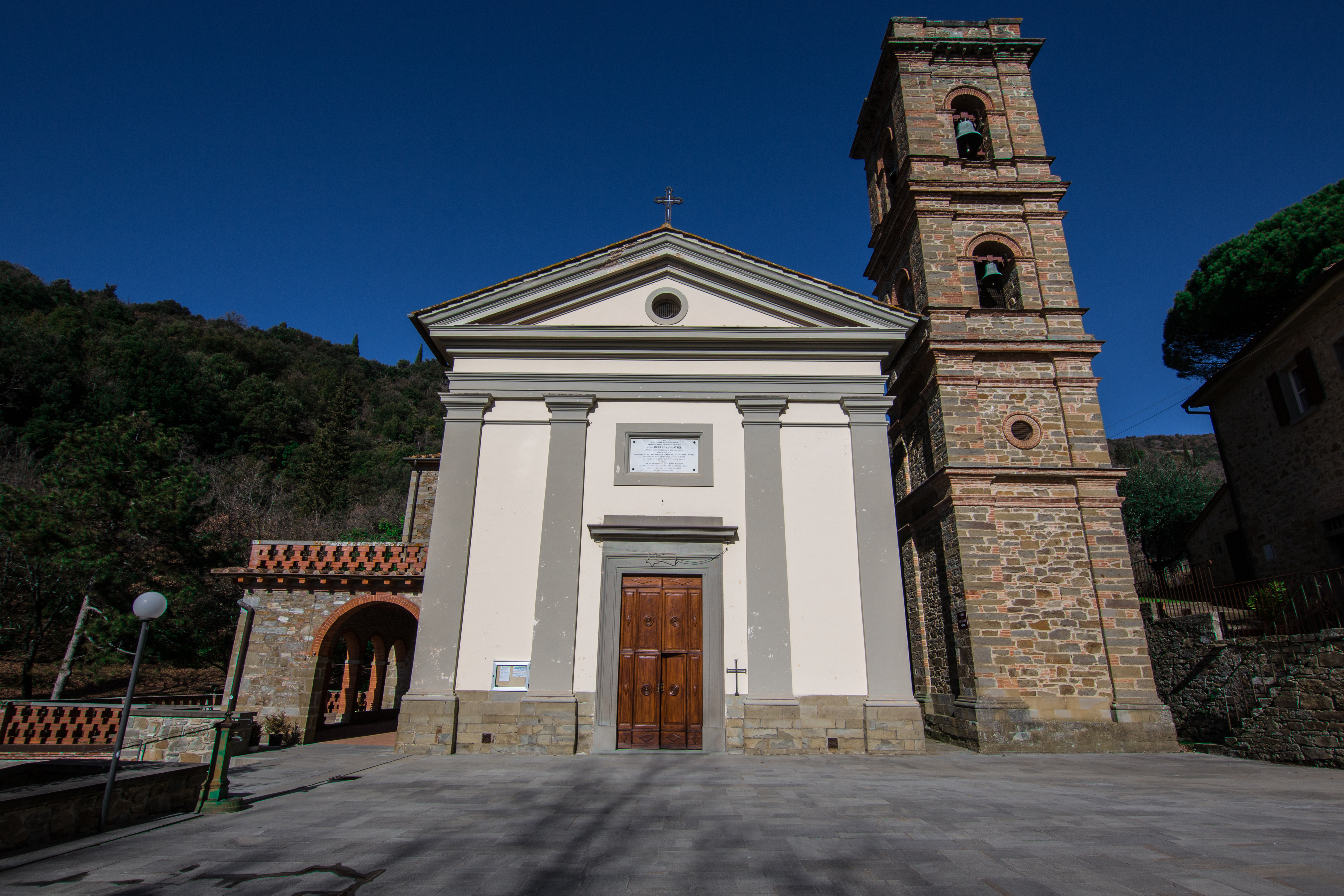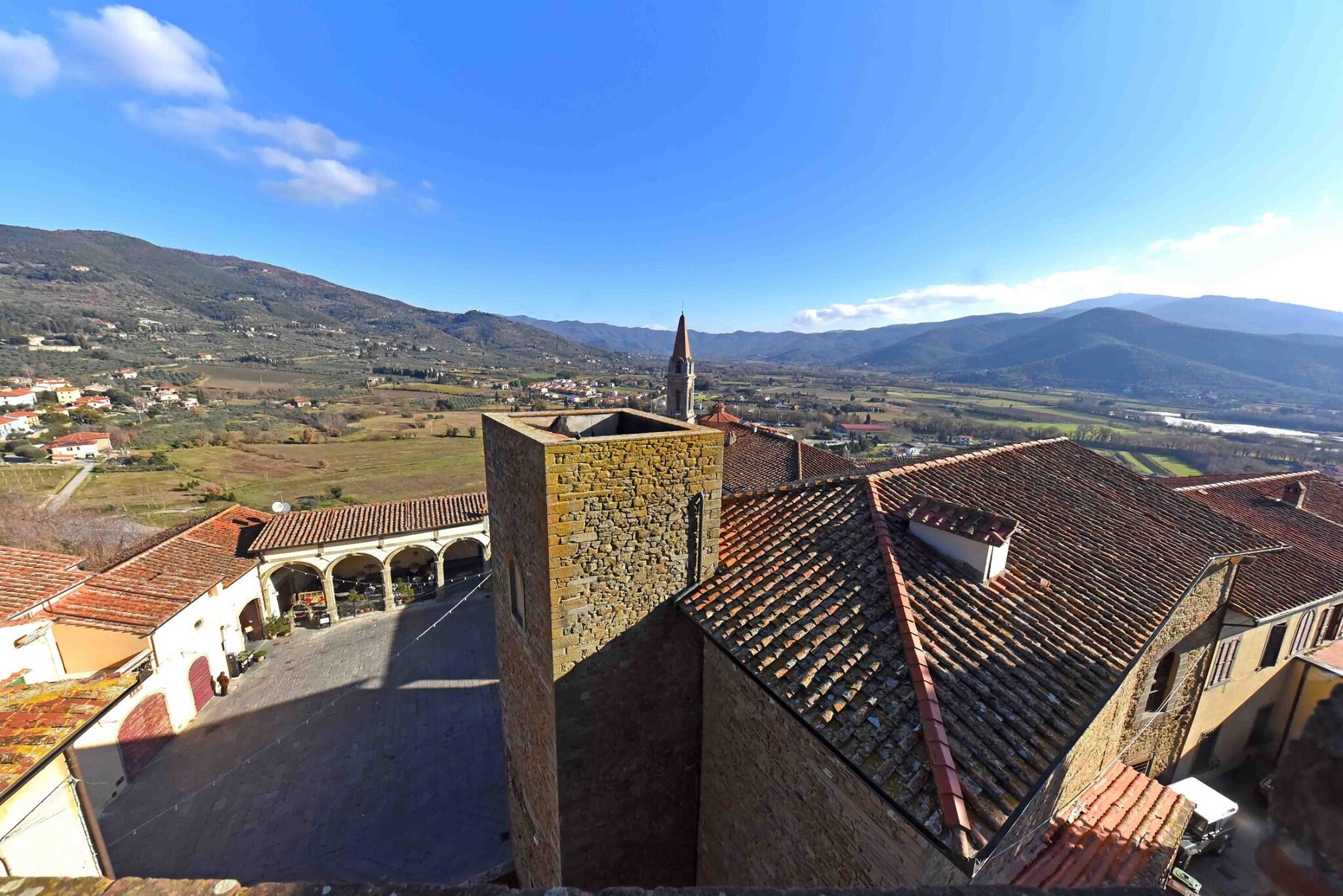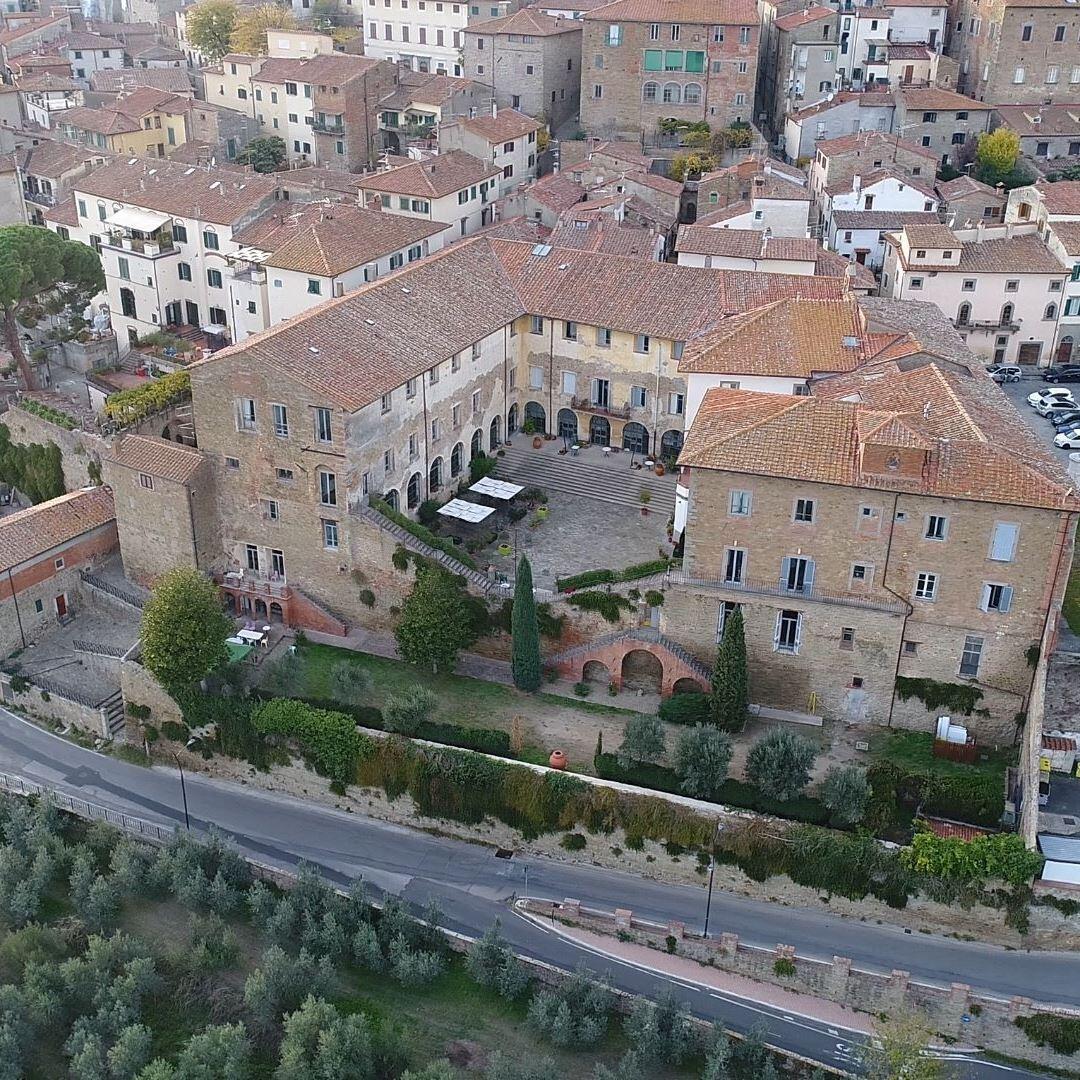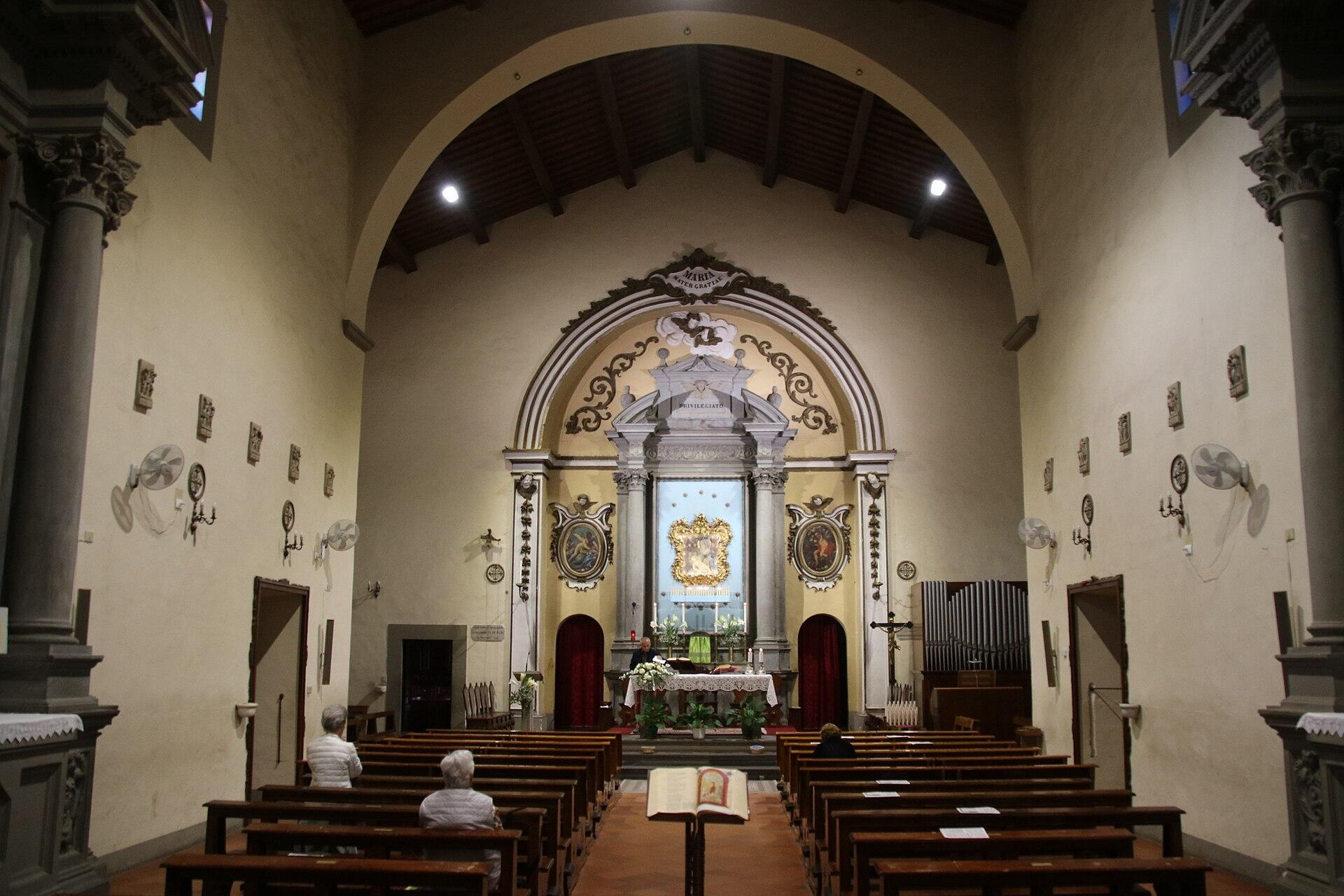POINT OF INTEREST
HISTORICAL BUILDINGS
Palazzo Comunale
Political and administrative seat of Castiglion Fiorentino since the end of the 12th century, the Palazzo Comunale, or Palazzo San Michele, was rebuilt by the Perugians in 1375-76 and, subsequently, in 1489
Originally known as the "Palazzo del Pietrone" (named after a large stone placed in the square in front of it, on which municipal proclamations and ordinances were posted), the building featured an exterior staircase and a loggia. The walls of the façade were adorned with the emblems of the various podestàs who governed the town in times past.
The atrium now houses a monumental staircase with a pietra serena balustrade, dated 1562; the upper pillar features a statue of the Marzocco, the lion symbolizing popular power, commemorating the rule of Antonio Ridolfi (1532); another Marzocco is located outside, on the façade. Below the balustrade are stone plaques depicting standards for measuring length, bricks, and grains, used in the 16th century, which the dimensions of building bricks and quantities of wheat had to conform to. The current layout of the entire building is the result of the renovation carried out in 1935 by architect Giuseppe Castellucci.
The civic tower, located next to the building, has an irregular quadrangular plan and, at the front, a medieval shop door.
Images that tell a story
Welcome to our gallery: a collection of images that tell moments, emotions, and details that often escape words. Each shot is a fragment of history, a memory to share, a perspective to explore. Browse and let yourself be inspired.
Contacts
Below are our contacts through which you can reach us:
Share the page
Below are our references through which you can contact us:


 ITA
ITA